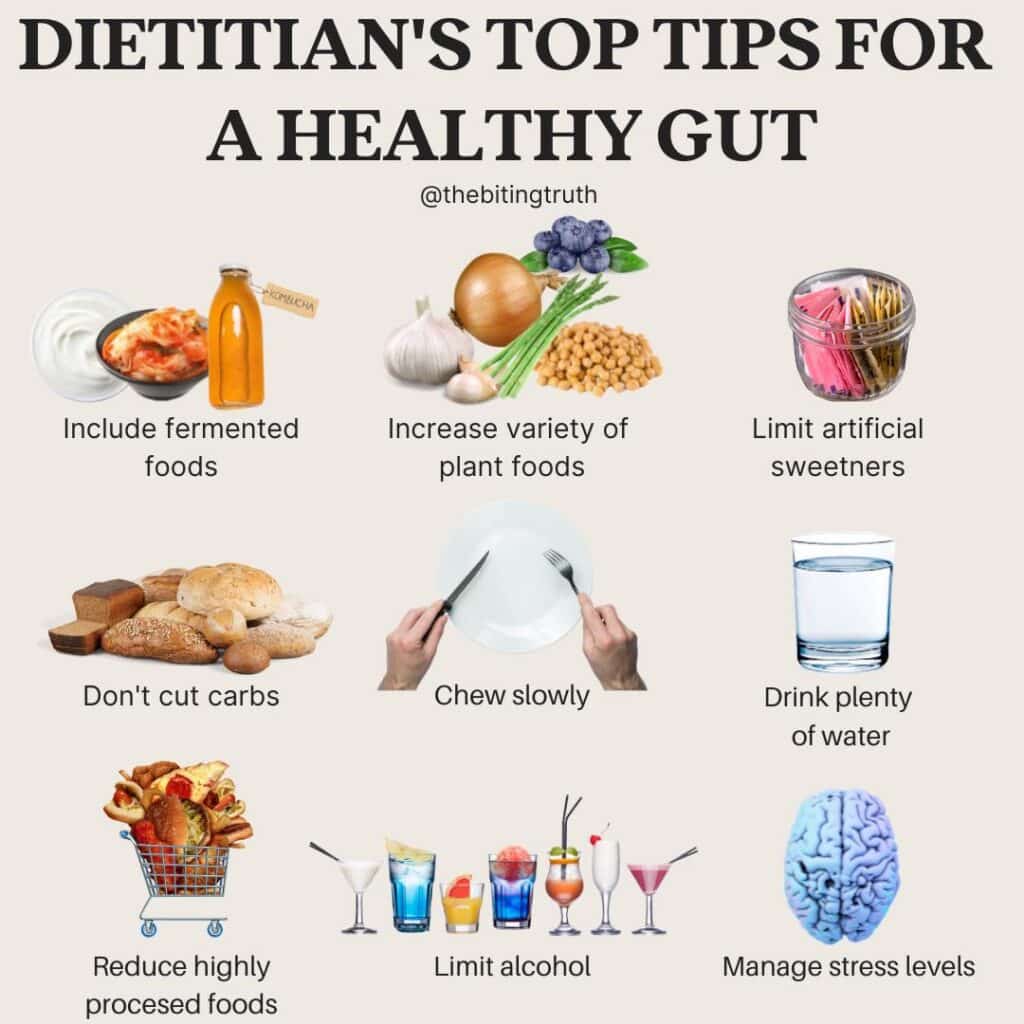Free shipping for orders over $80
Free shipping for orders over $80
Have you ever felt a piece of chocolate or had an itch for “something sweet” or salty? All you can think about is getting your hands on that irresistible morsel. What you’re experiencing is probably a craving. Cravings are a strong desire directed at a particular food, drink or taste. You are not alone! Everyone experiences cravings differently, and they can range from being a brief pang for salty chips to an uncontrollable urge to dive into the pantry for the family pack. While going cold turkey can often rebound and lead to gorging, constantly giving into our cravings can also lead to poor weight management and non-hunger related eating which can mess up our natural appetite signals.
Here are 7 things that you should know about your cravings to stay in control.
Neuroscience research has shown that sugar lights up the same pleasure-stimulating sites in our brains as addictive drugs. These brain areas release a chemical called dopamine which gives us a euphoric or ‘happy feeling’. Like drug addiction, we can develop a higher tolerance level (e.g. to higher amounts of sugar in our foods), and over time this leads to a need for more and more sugar to get the same happy effect. People can also experience withdrawal-like symptoms like irritability, headaches, and fatigue, though these are partly due to the huge crash in your blood sugar levels after a continuous influx of high-sugar foods.
Cravings are a product of what we’ve learned from our experiences and the culture in which we live. Perhaps you have associated certain emotions such as stress, feeling unwell or even boredom with eating certain foods (has your mind drifted off to that pizza on your way home from work?). This could be due to a past experience(s) of a positive outcome (probably feeling good…for now). While it might be tempting to turn to food to self-soothe, try spending the time to enjoy your favourite non-food activities instead, such as reading a book, movie night, or even getting outside for some fresh air.
While our environment has changed unbelievably from our primitive days, we are still left with our ancestors’ taste preferences that helped them survive. This is, having a taste preference for kilojoule-rich foods, namely high-fat, high-sugar foods, was optimal for survival when food was scarce. In a community survey, the most craved foods were chocolate (no surprise), ice cream, fries and pizza, all of which are high in one or combination of salt, sugar and fat. On the other hand, the least addictive foods are plain rice, cucumber, broccoli and beans, which are low in these components. Like a crash diet, sugary, fatty and salty foods are only quick fixes to relieve your immediate cravings but will leave you tired, heavy or thirsty later on.
While there’s mixed evidence around whether dieting or restricting certain foods can increase or decrease cravings, having a boring or monotonous diet does seem to increase cravings. If you have a batch of meals on high rotation, you might find that you crave the flavours and textures that are lacking in your diet. This is true even if your diet ticks all the nutrition boxes. So it’s worthwhile to mix things up with new foods, cooking styles and combinations. Jazz up your routine by finding a new recipe to add to your weekly routine and exploring the grocers to meet a new veggie!
You may feel like you ‘must’ end the meal with a sweet bite, but this could be more about habits than a physical need. Try sipping peppermint, chamomile or ginger tea for a tummy settler and palate cleanser (as well as freshen your breath). Alternatively, you can even brush your teeth for the same peppermint effect as well as to signal the end of eating to your body.

Like a muscle, research has shown that taste can be trained which can help reduce cravings. In less than three weeks, you can retrain your tastebuds by gradually reducing the portion sizes and frequency of foods your craving. Going cold turkey and forbidding certain foods can be counteractive and make you crave them even more – this sort of all-or-nothing mentality also promotes an unhealthy relationship with food and eating. So take it slowly and start by cutting down on the frequency and then the amount you use each time.
Ironically, if we try to stop thinking about our craving (like the ice cream), we actually spend more mental effort trying to distract ourselves AND to check that we are NOT thinking about it. Another reason why forbidding foods doesn’t seem to work. Instead, think of craving foods as they are – food, not treats or rewards. Know that you can have it whenever you like, but only if you are actually hungry. By liberalising instead of prohibiting, you empower yourself to make a choice for yourself without feeling shame or guilt.
—
—






